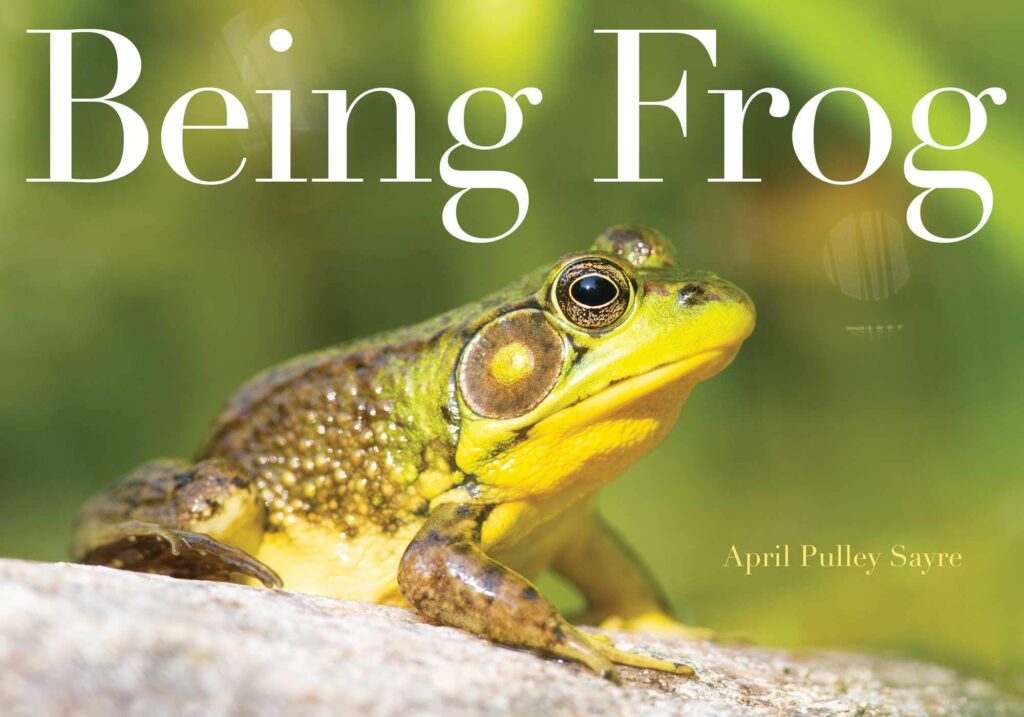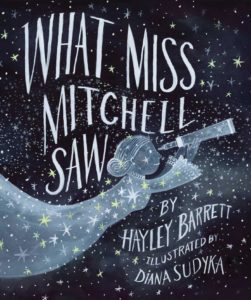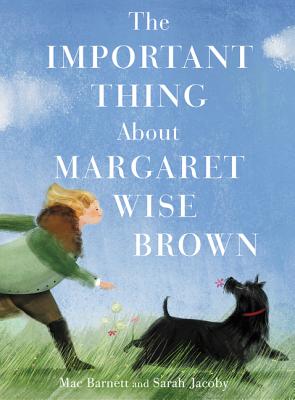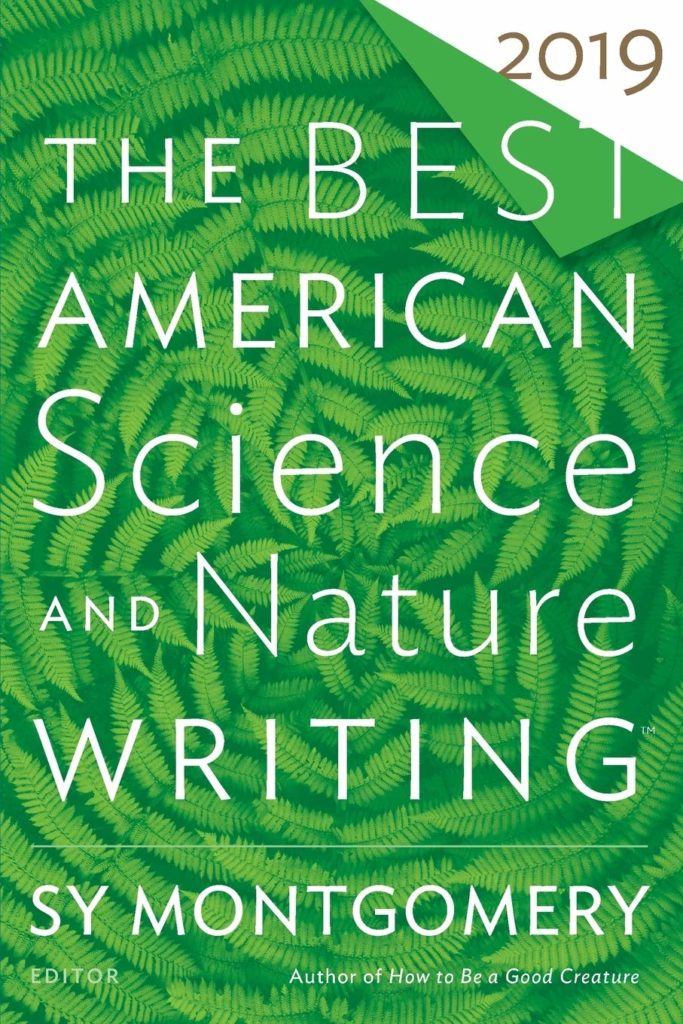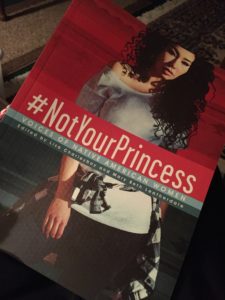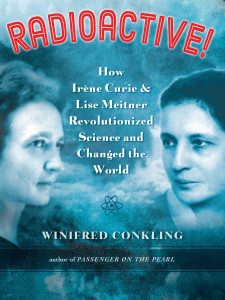When I started blogging back in 2006, my little apartment on the internet–a light-filled efficiency in a great neighborhood (LiveJournal!)–was called A Life in Books. I saw that title as a play on words, a way to categorize posts about my life as a working writer, which was then only just starting, and my life as a reader, too. Every post was titled with the name of a book, one I was reading to research a new project, or for pleasure, or with my three (then) young kids. Over time, it became clear that the books were just a way for me to connect to other things going on in my life at the time, and I was obsessed and pleased with the interesting ways books and thoughts and life influenced one another.
As always happens, though, life changed. My kids got older, and my working world got busy, and this, and that. Blogging became a sometimes affair. I left LiveJournal for a place with more space, built an entire author website, took on more work than I had hours in the day. You get it, right? I was still reading, but I no longer had (or took?) the time to reflect on those books and their place in my life, on the ways the work of other writers shaped my thinking, or inspired ideas, or entertained me. Such, too, is a life in books, I guess.
But, again, change. My kids are two young men and one young woman mostly off in their own places reading their own books. I’m still writing, still reading, but also teaching, and nowhere is it clearer to me how important reading is than in a classroom with writers. So much of what I know about writing–I’d say all of what I know about writing–I soaked up by reading the work of other writers.
All to say, I’m dusting things off here, spit-shining tables, sweeping up the cobwebs, thinking about how to better use all the spaces at my disposal. I’ll continue to post updates on upcoming books and essays and appearances here, of course. But I’m also going to share my reading life again, the blog posts that make me think, the articles and essays that thrill me, the books that paper, spark, and inspire this life of mine.
